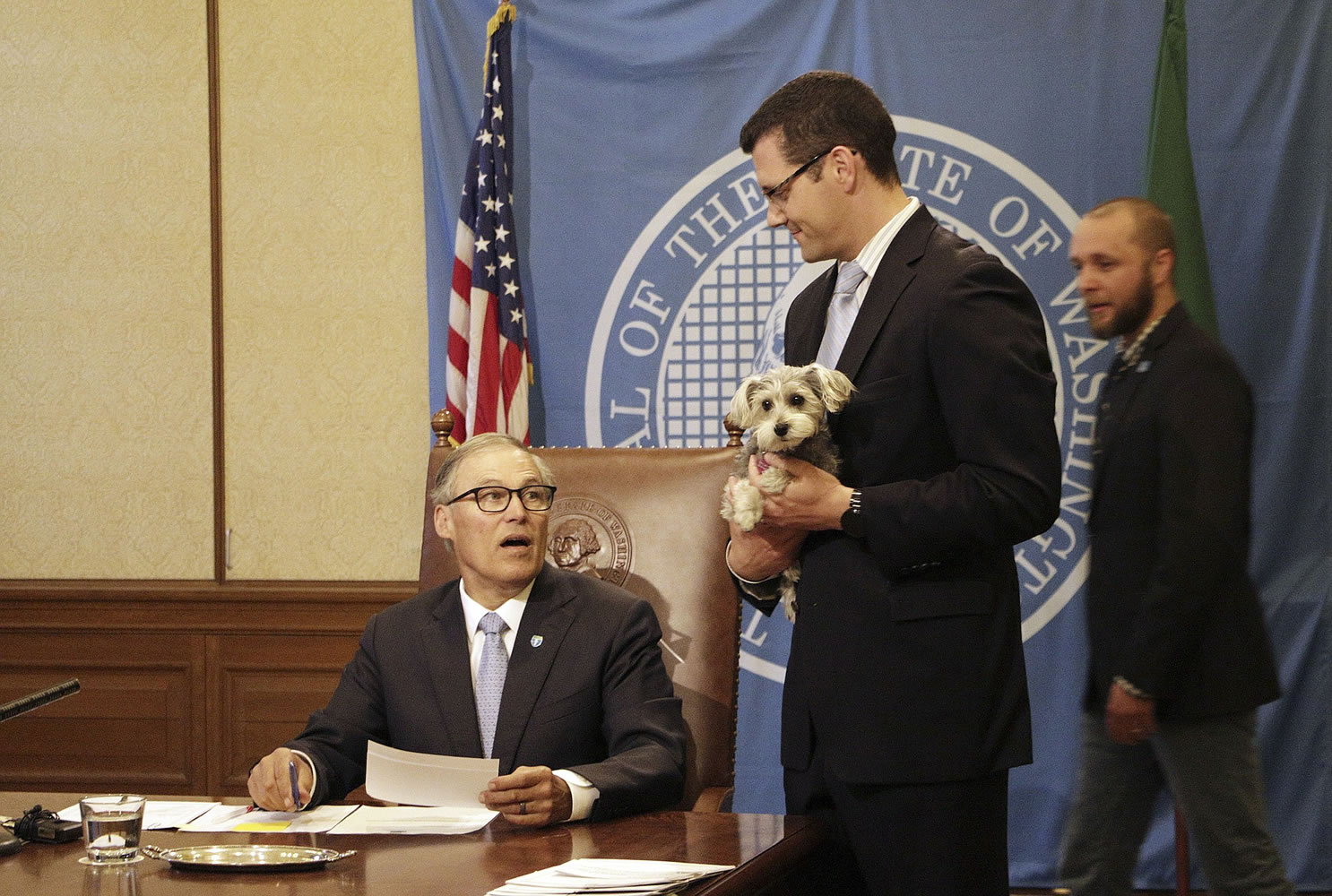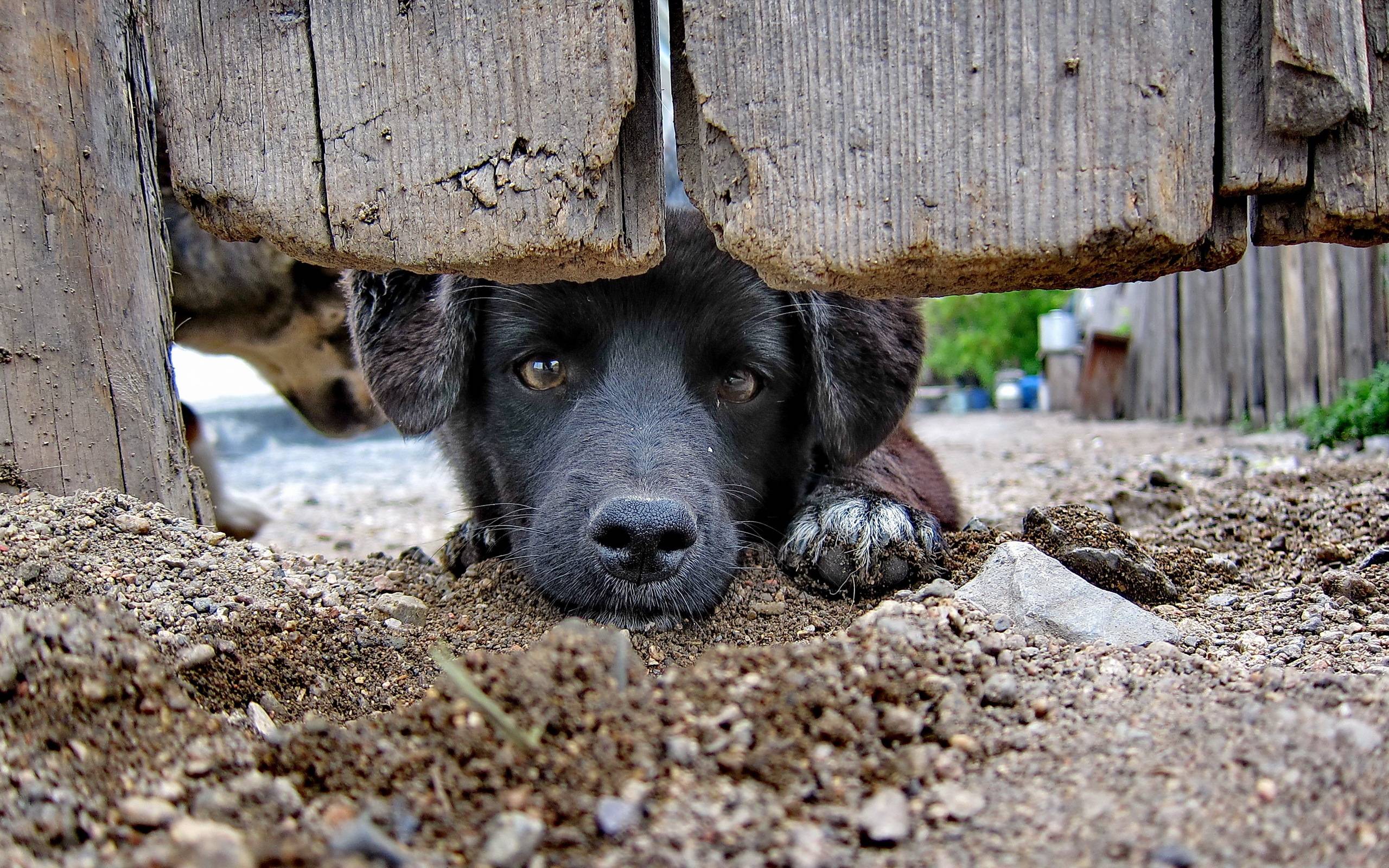The Federal Bureau of Investigation has just elevated animal cruelty to a Class A offense, which means these acts will be recorded under a designated category in their National Incident-Based Reporting System (NIBRS) the same way other major crimes like assault and murder are.
Prior to this, animal cruelty incidents were lumped into an “other crimes” category, making it impossible to paint an accurate national picture of animal abuse. The change, which went into effect on January 1, 2016, is the result of an FBI decision made in October, 2014.
The FBI defines cruelty to animals as “intentionally, knowingly, or recklessly taking an action that mistreats or kills any animal without just cause, such as torturing, tormenting, mutilation, maiming, poisoning, or abandonment.”
The data collected will start being available to the public next year. Animal abuse will be filed in four categories: simple or gross neglect, intentional abuse and torture, organized abuse, and sexual abuse. This can include instances such as not feeding pets, hazardous confinement, cockfighting, and bestiality. It does not include maintaining animals for show or sport, animal agriculture, or lawful hunting and fishing.

Senator Joe Fein holds Waffles the dog while Governor Jay Inslee signs a law making it a civil offense to lock an animal in a car or enclosed space in dangerous conditions.
While the change at the FBI does not impact the criminality or prosecution of animal abusers, being able to better track this data may help “get better sentences, sway juries, and make for better plea bargains,” says Madeline Bernstein, president and CEO of the Society for the Prevention of Cruelty to Animals Los Angeles and a former New York prosecutor. More broadly, it will also help politicians, law enforcement, and animal rights activists to better understand animal abuse across the United States and help identify ways to greatly reduce it.
A major motivation for this was the growing scholarship demonstrating that animal abuse is a precursor to violence against humans, explains FBI unit chief Amy Blasher. “They believe that animal cruelty was an early indicator of violent crime,” says Blasher, “and that’s really what led the discussions with our law enforcement partners throughout the country.”
In a 2015 report published by the American Humane Society, author Dr. Harold Hovel writes that “serial killers are closely linked to animal cruelty, so much so that it is exceedingly rare to find one who did not begin his or her career with animal abuse. […] An individual willing to cause such suffering to animals is not likely to be sympathetic and empathetic to humans.”
As Psychology Today reports, “nearly all violent crime perpetrators have a history of animal cruelty in their profiles”, citing the examples of Albert deSalvo, the Boston Strangler, who killed cats and dogs by trapping them in boxes and shooting them with arrows and Columbine shooters Eric Harris and Dylan Klebold who mutilated animals for fun. Psychology Today also refers to a body of research since the 1970s that consistently finds childhood cruelty toward animals to be an early warning sign of deliquency, violence, and criminal behavior.
For more recommended reading on the state of animal cruelty laws in the United States, the Animal Legal Defense Fund published an excellent report last December which ranks animal protection laws across all 50 states.


